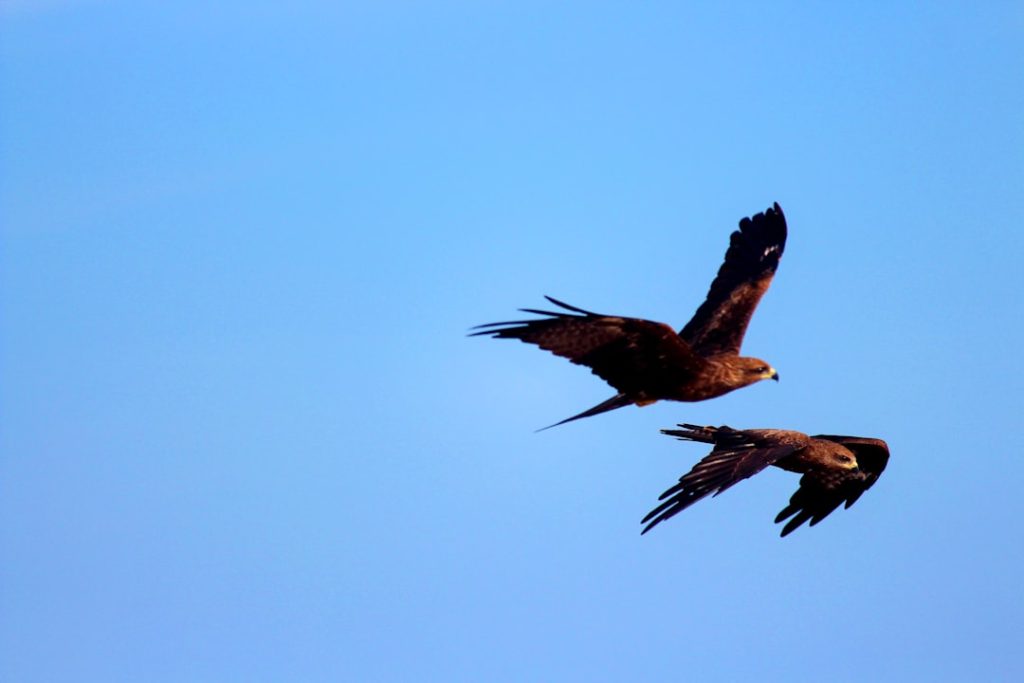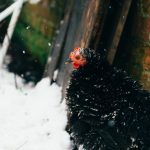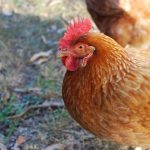Bantam chickens are miniature versions of standard chicken breeds, characterized by their diminutive size and appealing appearance. These birds are favored by backyard poultry keepers due to their amiable temperament, vibrant feathering, and adaptability to confined spaces. Bantams are available in numerous breeds, each possessing distinct features and attributes.
They are commonly raised for egg production, meat, or as companion animals. Known for their energetic behavior, bantam chickens provide entertainment as they forage and explore their surroundings. These small-statured fowl are suitable for experienced poultry enthusiasts and novices alike, offering a charming complement to existing flocks or serving as an ideal starting point for new chicken keepers.
Table of Contents
Key Takeaways
- Bantam chickens are smaller versions of standard chicken breeds and are popular for their small size and unique characteristics.
- Some popular bantam chicken breeds include the Silkie, Sebright, and Pekin, each with their own distinct features and personalities.
- Bantam chickens are known for their friendly and docile nature, making them great pets for families and individuals alike.
- Pictures of bantam chicken breeds showcase their diverse colors, feather patterns, and unique physical traits.
- Caring for bantam chickens involves providing a suitable coop, balanced diet, regular health checks, and protection from predators.
Popular Bantam Chicken Breeds
Popular Bantam Breeds
Some of the most popular bantam breeds include the Silkie, Serama, Pekin, and Dutch. The Silkie is known for its fluffy plumage, gentle nature, and broodiness, making it an excellent mother hen.
Unique Characteristics
The Serama is the smallest chicken breed in the world, with a confident and friendly demeanor. Pekin bantams are known for their round, fluffy bodies and are excellent layers of small eggs. The Dutch bantam is a hardy and active breed with striking color patterns.
A World of Variety
These are just a few examples of the many bantam breeds available, each with its own unique charm and appeal.
Characteristics of Bantam Chickens
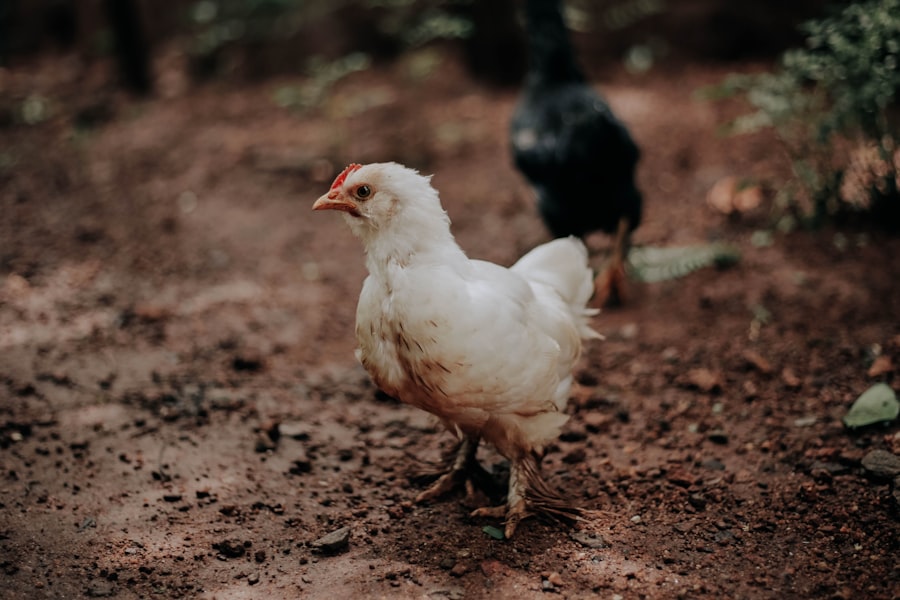
Bantam chickens are known for their small size, typically weighing between 1-2 pounds. They come in a wide range of colors and patterns, from solid colors to intricate markings. Bantams have a friendly and sociable nature, making them great additions to any backyard flock.
They are also known for their broodiness, making them excellent mothers if you are interested in hatching chicks. Bantams are generally good foragers and can adapt well to free-ranging or confined living situations. They are also known for their ability to lay small to medium-sized eggs, making them a practical choice for those interested in egg production.
Bantam chickens also have unique feathering characteristics, such as the Silkie’s fluffy plumage or the Dutch bantam’s striking color patterns. Their small size makes them easy to handle and care for, making them an ideal choice for families with children or individuals with limited space. Bantams are also known for their hardiness and adaptability to various climates, making them suitable for a wide range of environments.
Overall, bantam chickens are charming, low-maintenance birds that bring joy and entertainment to any poultry enthusiast.
Bantam Chicken Breeds Pictures
When it comes to bantam chicken breeds, there is a wide variety of colors, patterns, and feather types to choose from. The Silkie bantam is known for its fluffy plumage and distinctive black skin and bones. They come in a variety of colors including white, black, blue, and buff.
The Serama bantam is the smallest chicken breed in the world and comes in a wide range of colors and patterns, including solid colors, mottled, and frizzled feathers. Pekin bantams have round, fluffy bodies and come in a variety of colors such as black, white, buff, and lavender. The Dutch bantam is known for its striking color patterns, including silver duckwing, gold duckwing, blue silver duckwing, and more.
Each bantam breed has its own unique appearance and charm, making them a popular choice among poultry enthusiasts. Whether you prefer the fluffy plumage of the Silkie or the striking color patterns of the Dutch bantam, there is a bantam breed to suit every preference.
Caring for Bantam Chickens
Caring for bantam chickens is relatively straightforward and requires basic knowledge of poultry husbandry. Providing a suitable coop or housing that protects them from predators and the elements is essential. Bantams can be kept in smaller coops compared to standard chicken breeds due to their compact size.
They also require access to fresh water, high-quality feed, and suitable bedding for nesting and roosting. Regular cleaning of the coop and providing enrichment such as perches and dust baths will help keep your bantams healthy and happy. Bantams are generally good foragers and will benefit from access to outdoor space where they can scratch and peck for insects and plants.
If free-ranging is not an option, providing a spacious run will allow them to exhibit natural behaviors while keeping them safe from predators. Regular health checks and parasite control are also important aspects of caring for bantam chickens. Overall, with proper care and attention, bantam chickens can thrive in a backyard setting and provide joy and entertainment to their keepers.
Breeding Bantam Chickens
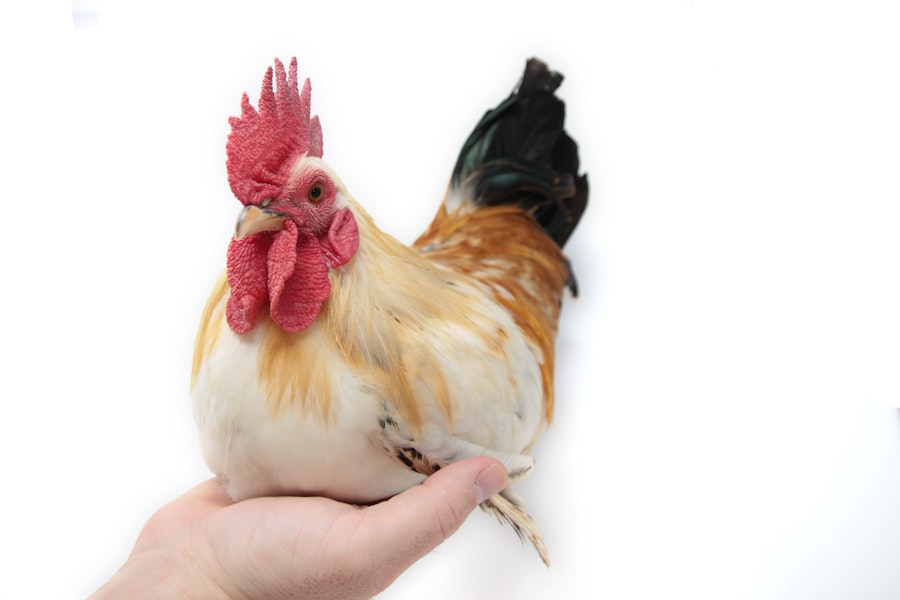
Understanding the Basics
Breeding bantam chickens can be a rewarding experience for poultry enthusiasts interested in expanding their flock or preserving rare breeds. Before embarking on breeding bantams, it’s essential to have a good understanding of genetics, breeding techniques, and the specific traits of the breed you are working with. Selecting healthy breeding stock with desirable traits such as color, pattern, size, and temperament is crucial for producing quality offspring.
Best Practices for Breeding
When breeding bantams, it’s vital to provide suitable nesting boxes for broody hens and to monitor the incubation process if hatching eggs artificially. Careful record-keeping of breeding pairs and offspring will help track lineage and genetic traits over time. It’s also important to consider the ethical aspects of breeding bantams, ensuring that there is a demand for the offspring and that they will be well cared for in their new homes.
A Fulfilling Endeavor
Overall, breeding bantam chickens requires dedication, knowledge, and a passion for preserving and improving the breed. With careful planning and attention to detail, breeding bantams can be a fulfilling endeavor for poultry enthusiasts.
In conclusion, bantam chickens are delightful little birds with a wide range of breeds to choose from, each with its own unique characteristics and charm. Whether you are drawn to the fluffy plumage of the Silkie or the striking color patterns of the Dutch bantam, there is a bantam breed to suit every preference. Caring for bantam chickens is relatively straightforward and can be a rewarding experience for poultry enthusiasts of all levels.
From providing suitable housing and nutrition to breeding and caring for offspring, keeping bantam chickens offers endless opportunities for learning and enjoyment. Whether you keep them for eggs, meat, or simply as pets, bantam chickens are sure to bring joy and entertainment to any backyard flock. With their friendly nature, colorful plumage, and suitability for smaller living spaces, bantam chickens are an excellent choice for anyone looking to add some feathered friends to their lives.
If you’re interested in learning more about how to create the perfect environment for your bantam chickens, you might want to check out this article on large chicken coop ideas. It offers great tips and inspiration for designing a comfortable and functional space for your feathered friends.
FAQs
What are bantam chickens?
Bantam chickens are small breeds of chickens, typically about one-fourth to one-fifth the size of standard chicken breeds. They are popular for their small size, colorful plumage, and friendly dispositions.
What are some common breeds of bantam chickens?
Some common breeds of bantam chickens include the Silkie, Sebright, Pekin, Dutch, and Japanese bantams. Each breed has its own unique characteristics and appearance.
What do bantam chickens look like?
Bantam chickens come in a wide variety of colors and patterns. They have small, compact bodies, and often have feathered feet and legs. Their plumage can be smooth or fluffy, depending on the breed.
Are there any special considerations for raising bantam chickens?
Bantam chickens require less space than standard breeds, making them suitable for smaller yards or urban environments. They also need protection from predators due to their small size.
Can bantam chickens be kept with standard-sized chickens?
Bantam chickens can be kept with standard-sized chickens, but it’s important to monitor their interactions to ensure that the bantams are not being bullied or injured by the larger birds.
Meet Walter, the feathered-friend fanatic of Florida! Nestled in the sunshine state, Walter struts through life with his feathered companions, clucking his way to happiness. With a coop that’s fancier than a five-star hotel, he’s the Don Juan of the chicken world. When he’s not teaching his hens to do the cha-cha, you’ll find him in a heated debate with his prized rooster, Sir Clucks-a-Lot. Walter’s poultry passion is no yolk; he’s the sunny-side-up guy you never knew you needed in your flock of friends!

